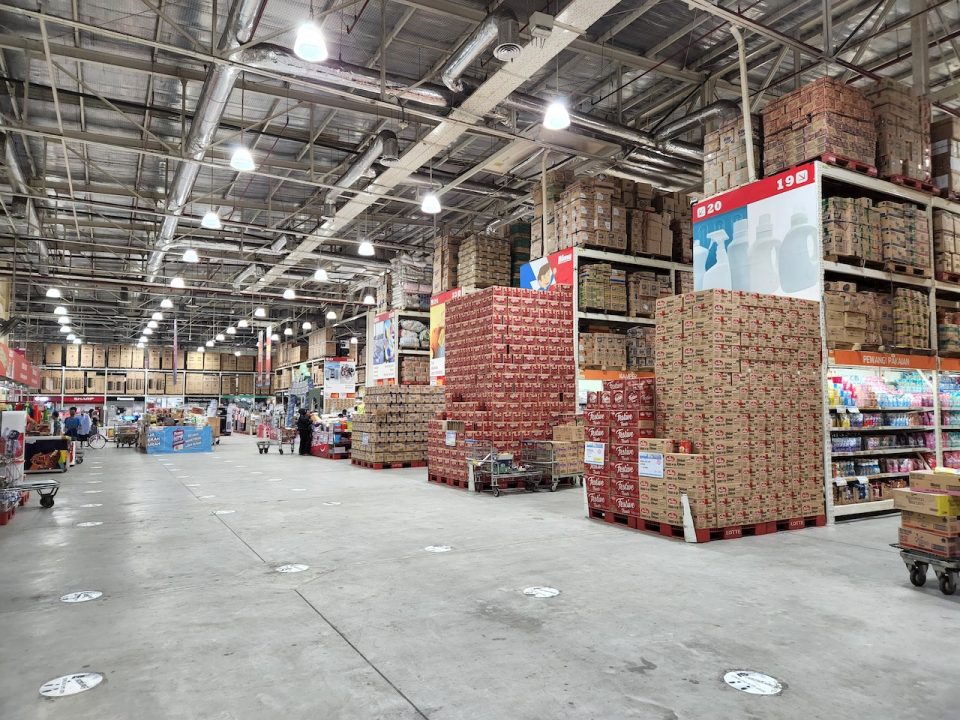Wholesale prices in the United States experienced a notable surge in August, defying the Federal Reserve’s vigorous attempts to rein in inflation through a series of aggressive interest rate hikes. The Labor Department’s latest report, released Thursday, reveals that the Producer Price Index (PPI) – a key gauge of inflationary pressures before they reach consumers – surged by 1.6% from August 2017 to August 2018. This stark uptick follows a meager 0.8% increase in July and a marginal 0.1% rise in June.
The staggering increase can be primarily attributed to the soaring prices of gasoline. When excluding the volatile energy and food sectors, core inflation showed a more moderate uptick of 2.2% in August compared to the previous year. This represents a slight dip from July’s 2.4% yearly increase. However, it’s worth noting that despite the rise in prices recorded by manufacturers, farmers, and wholesalers, they still remain lower than what consumers are currently shouldering. This could potentially lead to a continued tempering of inflation as the reduced wholesale costs are passed on to end consumers.
This trend is mirrored in the government’s widely-tracked consumer price index (CPI), which displayed a 3.7% year-over-year surge in August, an increase from July’s 3.2% yearly gain. Core inflation, sans energy and food components, saw a decrease from 4.7% in July to 4.3% in August.
Retail sales experienced a 0.6% upswing in August, largely propelled by the substantial surge in gas prices. Excluding fuel, retail sales saw a modest uptick of 0.2%. On a monthly basis, wholesale prices witnessed an even steeper incline, registering a 0.7% surge last month – the most significant leap in over a year – up from July’s 0.4% increase. Core inflation ticked up 0.2% in August, down from July’s 0.3%.
Since reaching its zenith at a 9.1% year-over-year high in June 2022, inflation has seen a substantial decline, plummeting to 3% the following month. This was primarily attributed to declining gas prices and the resolution of supply chain disruptions. Wholesale inflation on a year-over-year basis has similarly receded from its peak of 11.7% in March 2022.
However, consumer inflation still remains well above the Federal Reserve’s targeted 2%, raising concerns among economists about the potential challenges in achieving this benchmark. This is especially pertinent now that the benefits of cheaper fuel and enhanced shipping systems have largely materialized. Consequently, the Federal Reserve has implemented 11 key interest rate hikes in the past 12 meetings, bringing it to a notable 5.4% – the highest level observed in the past 22 years.
In conclusion, the surge in wholesale prices, despite the Federal Reserve’s concerted efforts to curb inflation, underscores the complex challenges facing the U.S. economy. The sharp increase, driven notably by rising gas prices, highlights the need for continued vigilance. While inflation has moderated from earlier peaks, it remains above the Federal Reserve’s targeted 2%, prompting ongoing scrutiny. With interest rates at their highest in over two decades, the effectiveness of the Federal Reserve’s approach will be closely monitored as the nation strives to bring wholesale prices in line with the desired trajectory.
Source: AP

